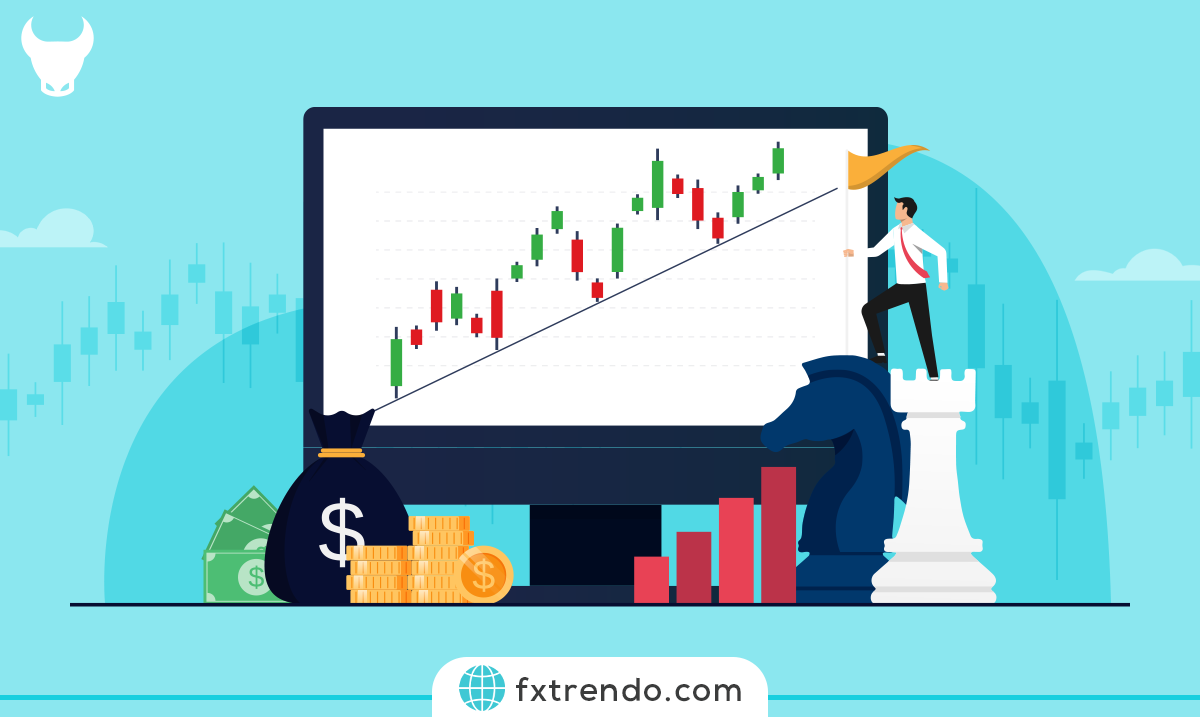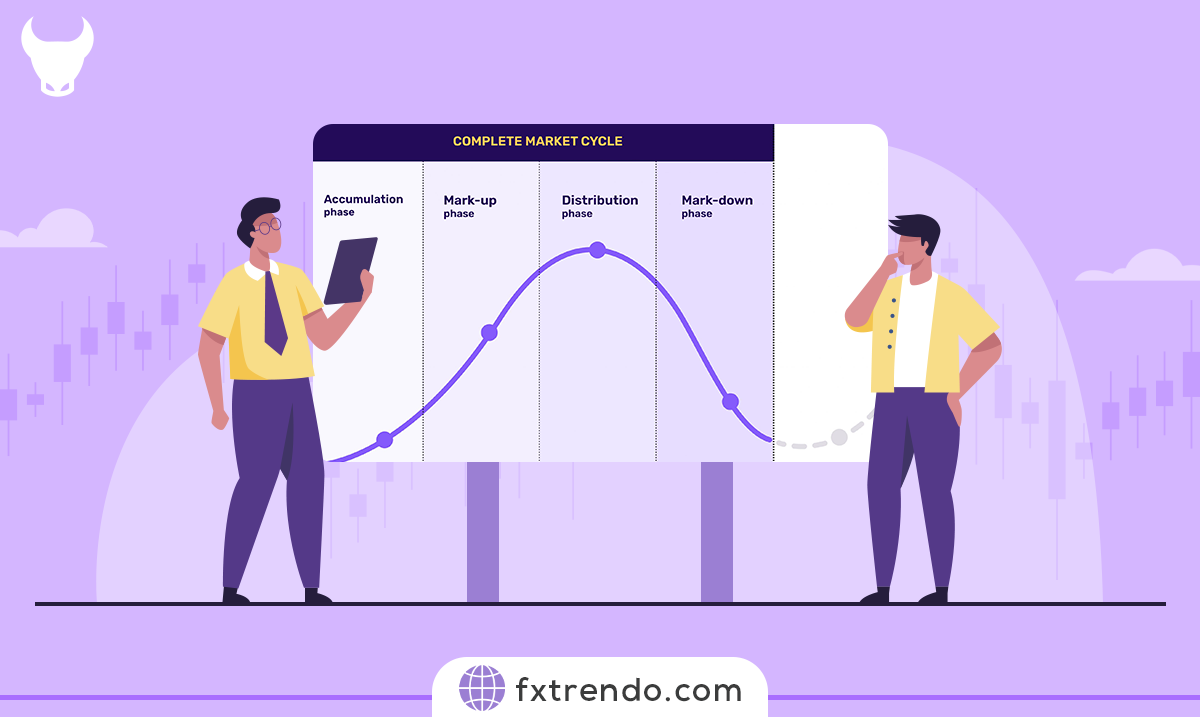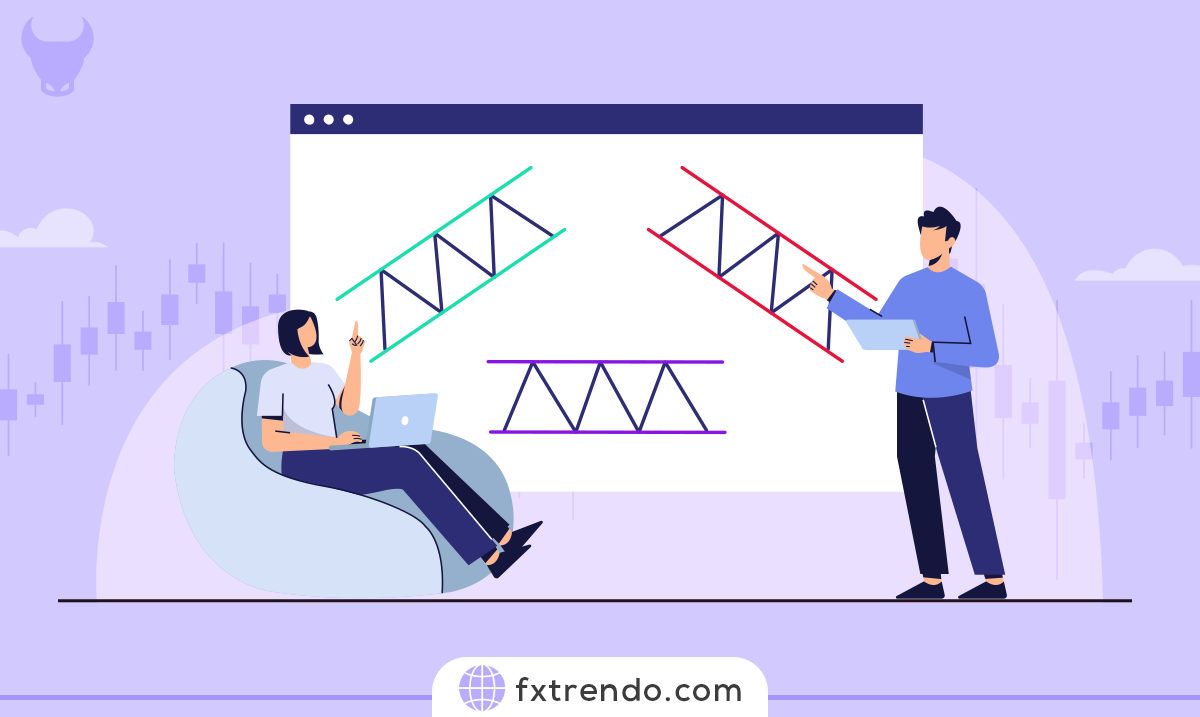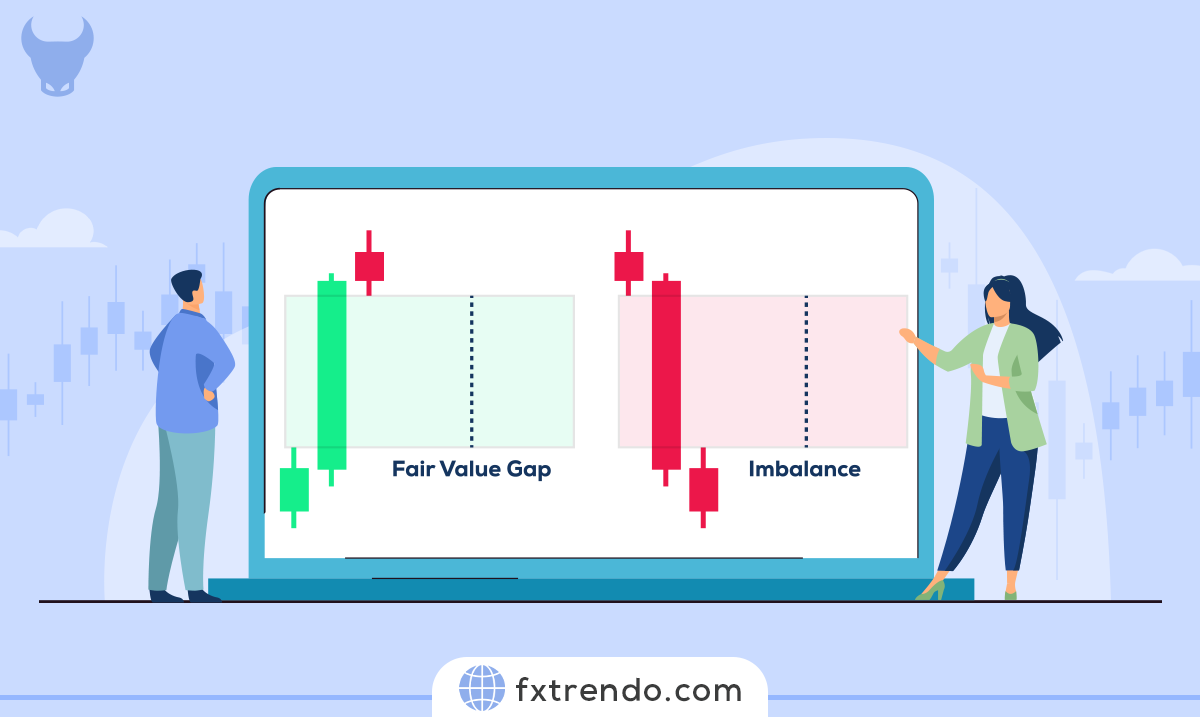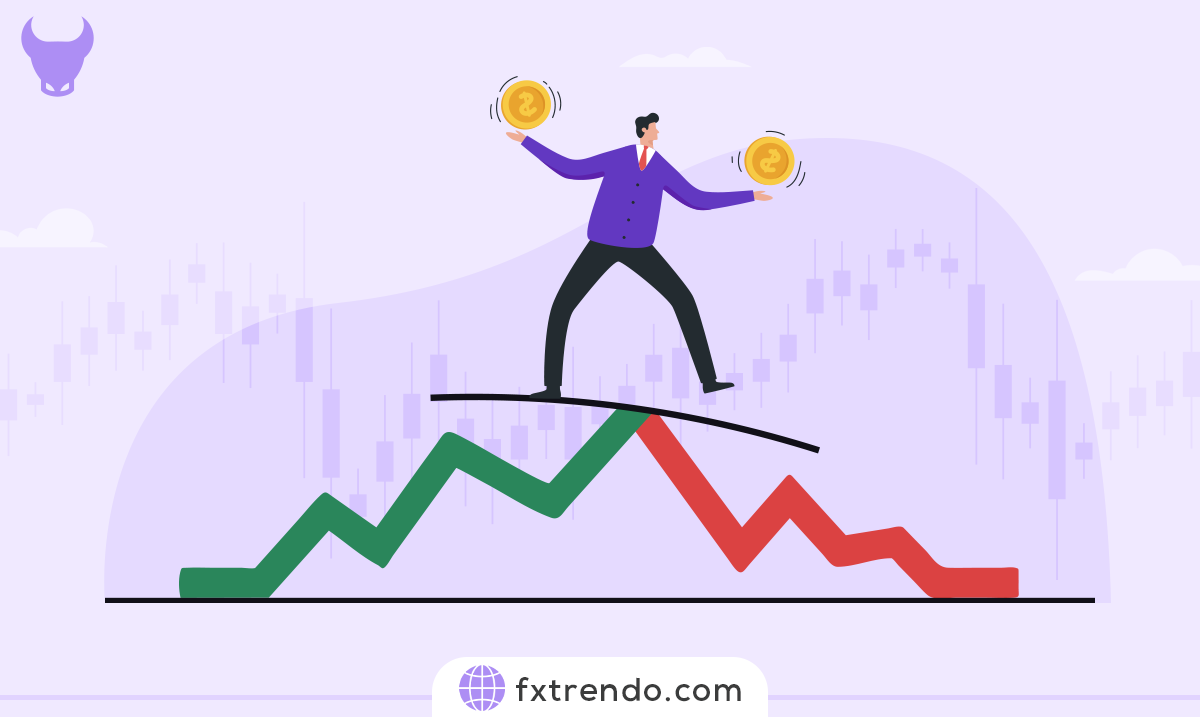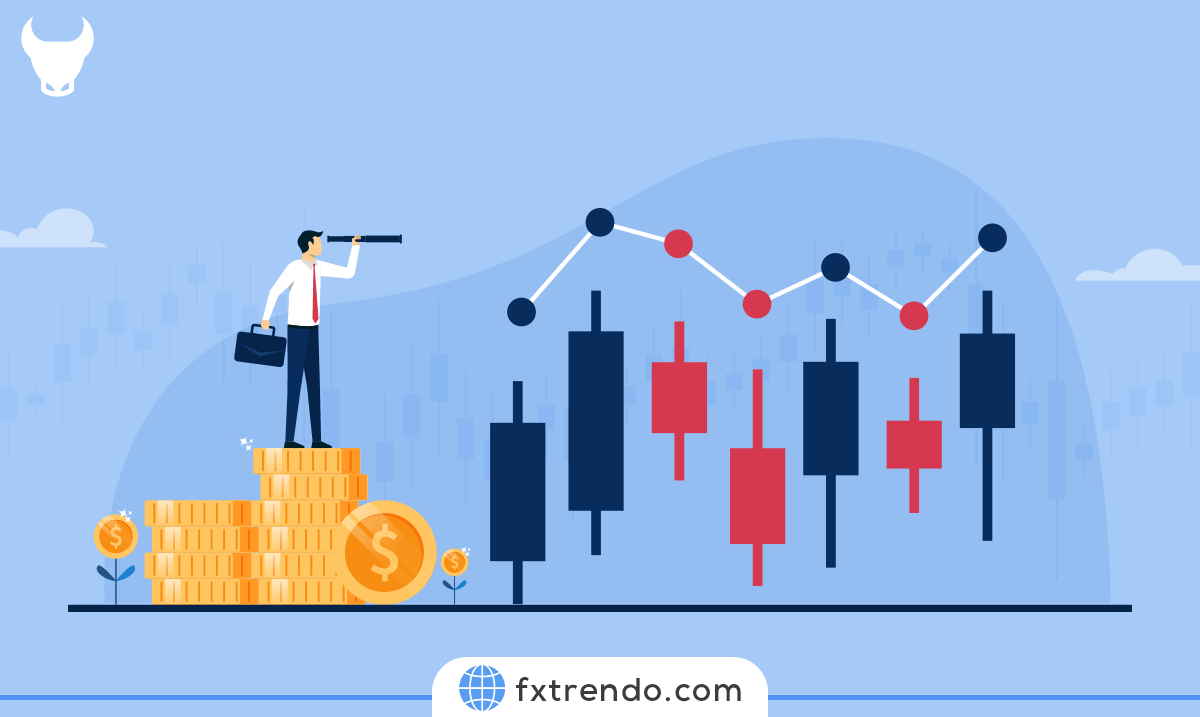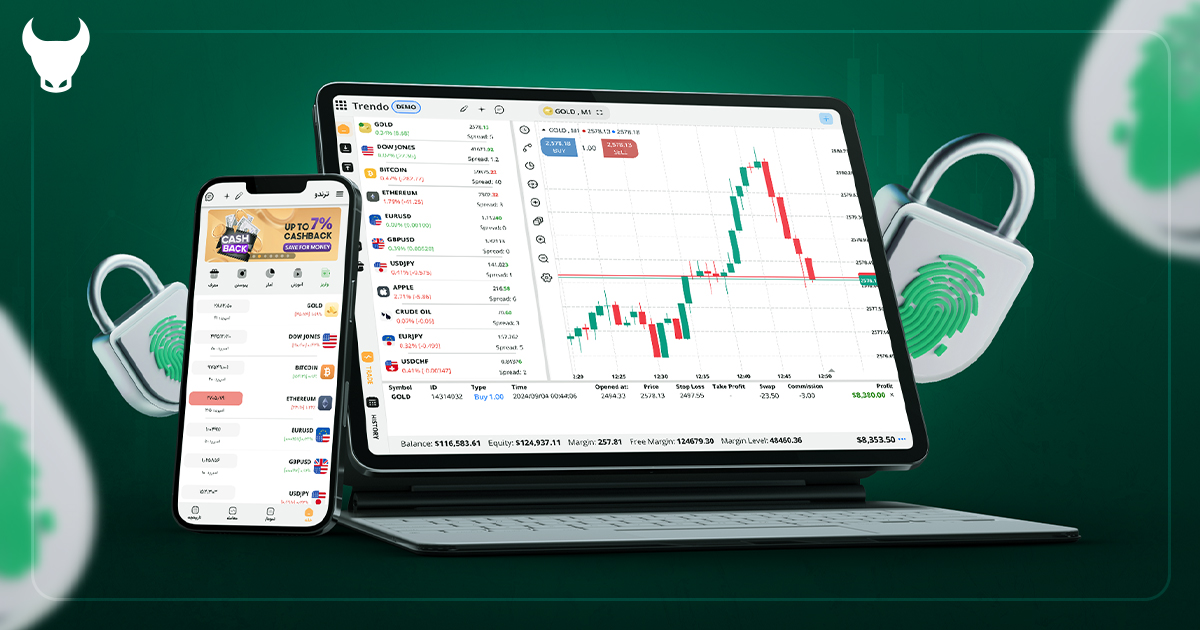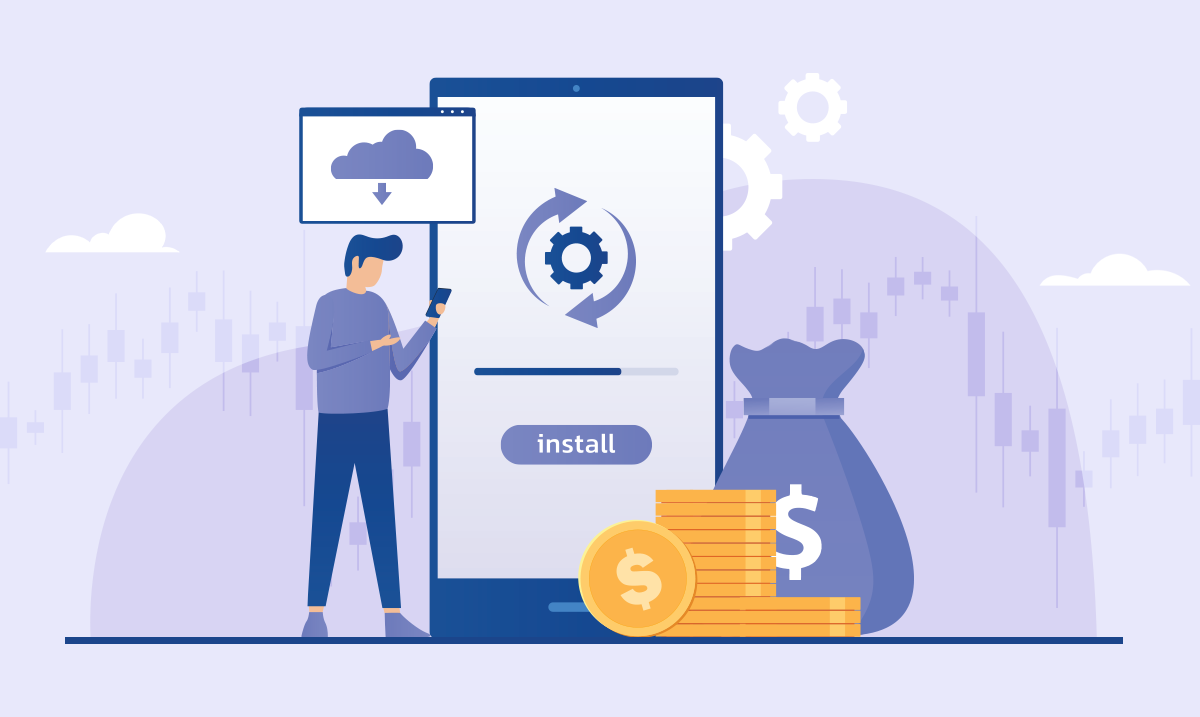What is Slippage in the Forex market?


There are many dynamics, movements, and fluctuations in the Forex market due to the widespread and high volume of trades. Occasionally, these shifts and volatilities occur for a short period. During such times, trades may not be executed at the anticipated rates, leading to a phenomenon known as Slippage. Further, we will introduce slippage, the reason for its existence in Forex, and when it occurs. Keep reading for more insights.
Contents
Slippage in Forex
In the forex market, slippage refers to the discrepancy between the expected price of a trade and the price at which the trade is actually executed. Slippage happens when an order is filled at a different price than intended, often due to the market’s high volatility and gaps.
This can occur within a fleeting moment—often less than a second—between sending the transaction and its execution. When the market fluctuations are high, the price changes even in this very small-time interval, and this causes slippage.
Consider a trader who checks the price chart for gold (XAUUSD) and decides to initiate a buy order at the current market price of 1825.30. However, due to high volatility at that instant, the order is executed at 1825.50 instead, incurring a 20 cents increase. This occurrence is called Slippage.
In what kind of trades does slippage occur?
Slippage can occur across various trading scenarios, including manual trading, conditional trading, and take profit and stop loss orders. These instances of slippage will be discussed in more detail in the subsequent sections.
Slippage in manual trading (Market Execution)
The trades done manually may not activate at the points where the trader has made the transaction when the trading speed is very high, and the position is applied with a price difference.
In scenarios where trading is executed manually, the orders may not be activated at the trader’s intended price points, especially when the market is moving swiftly. This results in the order being executed at a different price than planned.
For example, a trader intends to sell the EURUSD currency pair at 1.12345, and as soon as he makes the sell trade, due to the high volatility of the market, the position activates with 2 pips of slip at 1.12325.
It’s important to highlight that with Trendo Broker, manual trades are executed without any slippage, even during large market fluctuations, thanks to the broker’s high speed of trade execution.
Slippage in conditional trading or pending order
In the Forex trading world, apart from manual trades, there are pending order trades, which are set up to execute automatically under specific conditions. These trades are categorized into two primary methods:
- Stop Orders
- Limit Orders
Read more: Types of pending orders in the forex market
Conditional trades, also known as pending orders, are designed to be executed automatically when the market price hits a target set by the trader. However, if the market is experiencing intense price fluctuations at the exact moment the target price is reached, slippage can occur. This means the trade may be executed at a different price than the one specified, due to the rapid changes in market rates.
For example, a trader has placed his order in the gold symbol (XAUUSD) as a Buy Stop at $1,820. Gold is currently trading at 1819. Suddenly, the price starts to rise sharply, and gold quickly rejects the 1820 price. In such a situation, there is a possibility that the trade will activate at a higher number (for example, 1820.4), and slippage will occur.
Since take profit and stop loss are conditional trades, there is a possibility that sometimes, the activation of these orders is also associated with slippage. While it’s not a certainty that these orders will always experience slippage, there is a risk of it occurring during sudden and sharp market movements. In such scenarios, the orders may be executed at a price different from the set target, as the market price can change rapidly before the trade is activated.


When does slippage occur more often?
Slippage often occurs due to the high trading volume or news events that cause severe fluctuations in the market. Also, it can also arise during times of low trading volume when abnormal fluctuations occur. This is because low liquidity can lead to larger gaps in pricing, which, when combined with unexpected market moves, can result in slippage.
Slippage during Important economic news and data release time
When important economic announcements, like interest rates and employment reports, are released, they often lead to a surge in trading volume due to their impact on the market. This increased activity can cause pronounced market volatility. As a result, the likelihood of slippage during trades increases.
Take, for instance, the release of the US employment report at 13:30 on a Friday. At the precise moment the report goes public, currency pairs associated with the US dollar tend to exhibit strong fluctuations. We recommend not to trade in such conditions because the possibility of slippage in trades also increases in addition to the high risk.
Read More: When are important forex news announced?
Slippage in weekend Gaps
The Forex market is closed on Saturdays and Sundays. However, if major events unfold during the weekend—such as the outbreak of a war or other significant geopolitical developments—these can have a profound impact on currency values. When the market reopens on Monday, these events can lead to an opening price that significantly differs from the previous close, known as a price gap. This price gap can cause slippage in conditional trades and take profit and stop loss.
Let’s consider a scenario where a trader sets a buy-limit order for gold at a price of $1810. The market closes on Friday with gold priced at $1812. However, on Monday, there’s a price gap, and gold opens at $1805. In this case, the trader’s buy order, initially set at $1810, gets triggered at the market opening price of $1805. This results in a slippage of $5.
Read More: Types of financial markets and their trading hours
Slippage in rapid price fluctuations
In addition to the fundamental reasons that can cause slippage by creating large fluctuations in the market, based on technical reasons, rapid fluctuations may happen in the market, and slippage may occur.
Is slippage always damaging to traders?
Even though many people think that slippage is always bad for traders, slippage can sometimes be good for traders. This event is divided into the following three cases:
Positive Slippage: When the trade is opened or closed in the trader's favor, positive slippage occurs. Positive slippage occurs in pending orders of limit and take profits type.
Negative Slippage: When the trade is opened or closed against the trader, negative slippage occurs. Negative slippage occurs in pending orders of stop and stop loss types.
Neutral Slippage: When there is no price change in a trade's opening or closing process, the slippage is zero or neutral.
Summary
Slippage plays a significant role in the forex market. It refers to the discrepancy between the expected price of a trade and the price at which it is actually executed. In simpler terms, slippage happens when a trade doesn’t get activated at the precise price point that a trader intended, due to high market volatility and price gaps. It’s crucial for traders in the financial market to be aware of slippage as it can impact their trading strategies. Therefore, it should be factored into their risk management.
پست مرتبط
پربازدیدترین ها
4










